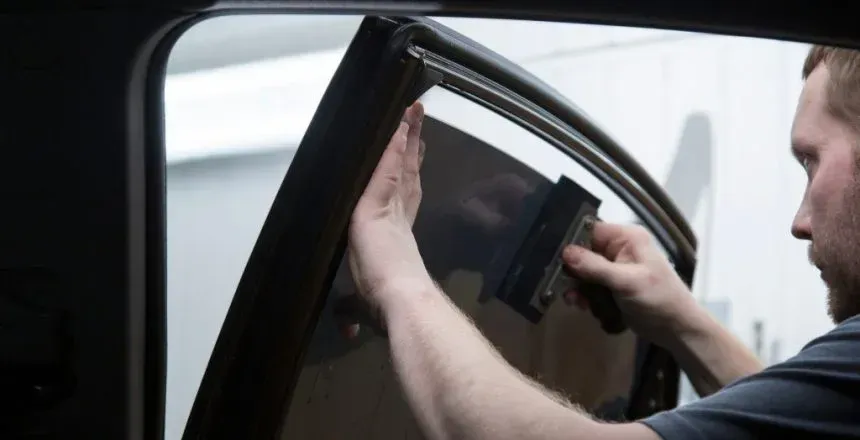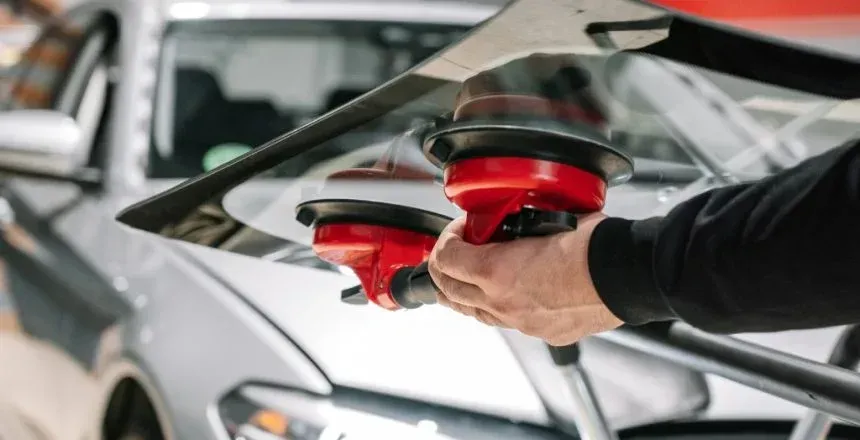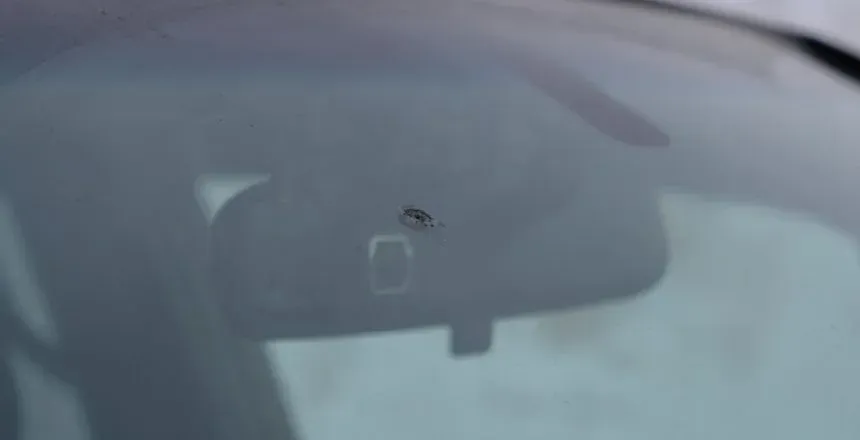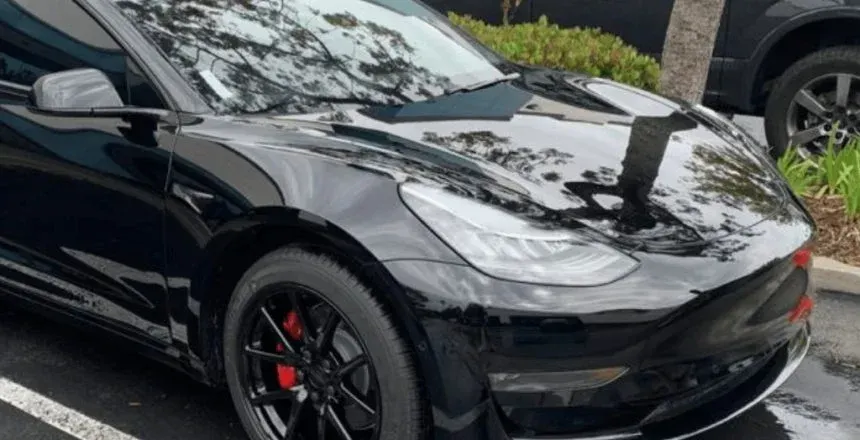Auto Window Tint: Everything Car Owners Need to Know
Ever thought about tinting your car windows but weren’t sure if it’s worth it? You’re not alone. Many car owners see window tint as just a style upgrade, but it does a lot more than just make your ride look sleek. It keeps your car cooler, blocks harmful UV rays, and even adds an extra layer of privacy and security.
But before you get your windows tinted, there’s a lot to consider—different tint types, legal limits, and whether to go the DIY route or hire a professional.
This guide breaks down everything you need to know about auto window tint , so you can make the best choice for your vehicle.
What Is Auto Window Tint?
Auto window tint is a thin film applied to car windows to reduce glare, block UV rays, and improve privacy. The tint film comes in different shades and materials, each offering unique advantages.
While some people choose window tint for its sleek appearance, it also plays a crucial role in protecting your car’s interior and keeping your cabin temperature comfortable.
Does Auto Window Tint Go on the Inside or Outside?
Auto window tint is applied to the inside of the window. While the tint is often cut and shaped on the outside of the glass during installation, the final application happens on the interior.
Why Is Tint Applied on the Inside?
- Protection from the Elements – Keeps the film from peeling due to rain, wind, and debris.
- Prevents Damage – Reduces the risk of scratches and wear from car washes or road debris.
- Ensures Longevity – Extends the lifespan of the tint by keeping it in a controlled environment.
If a tint is applied to the outside, it won’t last long and will quickly degrade due to exposure.
Types of Auto Window Tint
Not all window tints are the same. Understanding the different types can help you choose the right one for your vehicle.
1. Dyed Window Tint
- Budget-friendly option
- Absorbs solar heat but doesn’t block it as effectively as other types
- Can fade over time, turning purple
2. Metalized Window Tint
- Uses tiny metallic particles to reflect heat
- Strengthens windows, making them more shatter-resistant
- May interfere with GPS, radio, and phone signals
3. Carbon Window Tint
- Offers better heat reduction than dyed tint
- Does not fade like dyed tint
- Non-metallic, so it won’t interfere with electronics
4. Ceramic Window Tint
- Highest quality option
- Blocks heat and UV rays effectively
- No interference with electronics
- Most expensive but long-lasting and highly effective
If you want maximum durability and performance, ceramic window tint is the best choice. However, for those on a budget, dyed and carbon tints offer good alternatives.
Benefits of Auto Window Tint
Window tinting provides more than just an upgraded look. Here are some key benefits:
1. Heat Reduction
Tinted windows block infrared rays, keeping your car cooler. This reduces the need for air conditioning, which can improve fuel efficiency.
2. UV Protection
Most tints block up to 99% of harmful UV rays. This protects your skin from sun damage and prevents fading of your car’s interior.
3. Increased Privacy
Dark tints make it harder for outsiders to see inside your car, enhancing security. However, be mindful of local laws regulating tint darkness.
4. Glare Reduction
Tinted windows reduce glare from the sun and headlights, improving visibility and reducing eye strain while driving.
5. Glass Shatter Protection
Window tint film helps hold glass together in case of an accident, reducing the risk of injury from shattered glass.
Legal Considerations for Auto Window Tint
Before applying tint, check local laws to avoid fines or required removal. Here are some common tint regulations:
- Visible Light Transmission (VLT%) – Determines how much light passes through. The lower the VLT, the darker the tint.
- Reflectivity Limits – Some states ban highly reflective or mirrored tints.
- Windshield Tint Restrictions – Usually, only a strip at the top is allowed.
You can find your state’s specific window tint laws online or consult a professional installer.
How to Install Auto Window Tint
If you’re considering DIY window tinting, follow these steps carefully for the best results.
Tools Needed
- Window tint film
- Squeegee
- Spray bottle with soapy water
- Razor blade
- Heat gun or hairdryer
Step-by-Step Installation Process
- Clean the Windows – Use soapy water and a razor blade to remove dirt, dust, and debris.
- Measure and Cut the Tint Film – Place the film on the outside of the window and cut it slightly larger than needed.
- Peel the Backing – Spray the adhesive side with soapy water to prevent it from sticking prematurely.
- Apply the Tint to the Inside of the Window – Carefully position the film on the inside and press it into place.
- Smooth Out Air Bubbles – Use a squeegee to remove excess water and bubbles.
- Trim Excess Film – Use a razor blade to trim the edges for a clean finish.
- Let the Tint Cure – Avoid rolling down the windows for at least 48 hours to let the film fully adhere.
While DIY installation is possible, professional installation ensures better results, especially for beginners.
How to Remove Auto Window Tint
Over time, the tint can fade, bubble, or get damaged. Here’s how to remove it safely.
Method 1: Heat and Peel
- Use a hairdryer or heat gun to warm the tint.
- Start peeling from a corner and pull the film off slowly.
- Wipe away any leftover adhesive with soapy water or rubbing alcohol.
Method 2: Steam Removal
- Hold a fabric steamer near the tint for a few minutes.
- Once loosened, peel the film away.
- Remove any remaining glue residue with a window cleaner.
If the tint is difficult to remove, a professional service can help without damaging your windows.
Common Window Tint Issues and Solutions
-
Bubbling or Peeling Tint
Bubbles and peeling happen when the tint isn’t applied properly or when it starts to break down over time. Small bubbles can often be smoothed out using a squeegee. If the peeling is severe, the only fix is to remove and replace the tint.
-
Hazy or Cloudy Tint
If your tint looks foggy after installation, it’s likely due to moisture trapped underneath. This is common and usually clears up within a few days as the film cures. If the haze doesn’t go away, there may have been an issue with the application, and reinstallation might be necessary.
-
Scratches or Damage
Scratches usually come from using rough materials or harsh chemicals during cleaning. To avoid this, always use a soft microfiber cloth and a non-ammonia cleaner. Taking care of your tint properly will help it last longer and stay looking great.
Is Auto Window Tint Worth It?
For most car owners, the benefits of window tint outweigh the costs. It enhances comfort, protects your vehicle, and improves safety. If you drive frequently or live in a hot climate, tinting your windows can make a noticeable difference.
Auto Glass & Tint of Oceanside offers professional tint installation with high-quality materials. Contact us today for expert service and a free quote!












